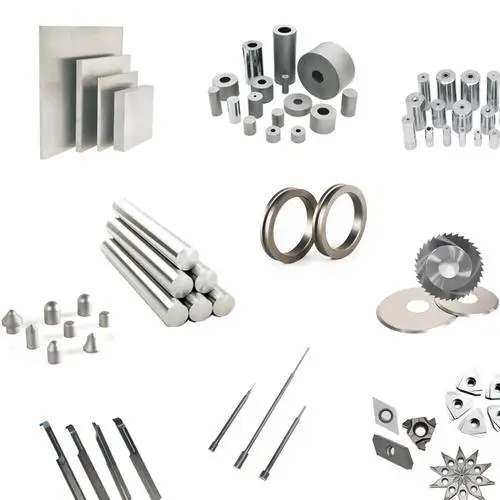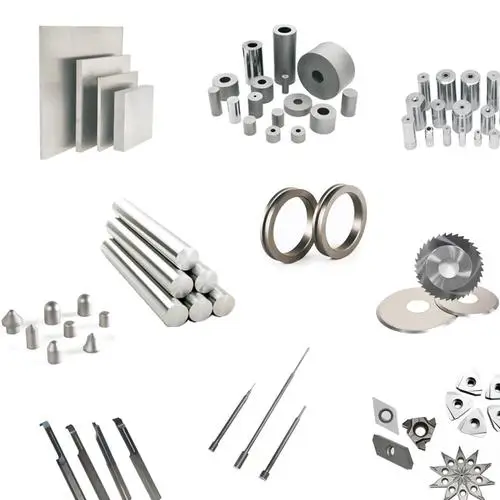Hyper Duplex Stainless Steels Introduction
Hyper duplex stainless steels are advanced alloys characterized by a dual-phase (ferrite-austenite) structure with minimum 25% chromium, 3.5% molybdenum, 0.3% nitrogen, and a pitting resistance equivalent number (PREN) exceeding 40 (%Cr + 3.3×%Mo + 16×%N), offering superior chloride corrosion resistance and strength exceeding standard duplex grades.
The global materials engineering community has witnessed remarkable progress in duplex stainless steel technology over the past six decades. From initial developments in the 1960s to today’s cutting-edge hyper-duplex grades, these alloys have redefined performance standards for corrosive and high-stress applications. This comprehensive review examines the technical evolution, metallurgical characteristics, and industrial significance of hyper-duplex stainless steels from an international perspective.
Hyper Duplex Stainless Steels Historical Development Timeline
Generational Advancements
Duplex stainless steels have progressed through four distinct technological generations:
The chronological development of duplex stainless steel pipe technology has progressed through four distinct phases:
| Generation | Era | Key Innovation | Representative Grades | PRE Range |
|---|---|---|---|---|
| 1st | 1960s | Basic duplex microstructure | 3RE60, 329 | <32 |
| 2nd | 1970s | Nitrogen addition, ultra-low carbon | 2205, S31803 | 32-39 |
| 3rd | 1980-90s | Super duplex (high Mo/N) | 2507, 32750 | >40 |
| Hyper | 2000s-present | Ultra-high alloying optimization | 32707, 33207, 2707HD | ~50 |
This progression demonstrates continuous improvement in alloy design philosophy and manufacturing control.
Hyper Duplex Stainless Steel Metallurgical Characteristics
Chemical Composition Design
Modern hyper-duplex stainless steel pipe materials achieve their exceptional properties through precisely balanced chemistry:
- Chromium: 25-28% (corrosion resistance)
- Molybdenum: 3.5-6.0% (pitting resistance)
- Nitrogen: 0.3-0.5% (strength and phase stability)
- Nickel: 6-8% (austenite stabilization)
- Tungsten: 0-2% (secondary hardening)
Hyper Duplex Stainless Steels- Microstructural Control
Critical phase balance considerations:
- Solution treatment above 1100°C eliminates σ and χ phases
- Target phase ratio: 45-55% ferrite/austenite
- Phase PRE differential <1 (32707: 49.2 vs 49.8)
- Grain size control for optimal toughness
Performance Characteristics
Corrosion Resistance
Comparative corrosion data for key grades:
| Property | 2205 | 2507 | 32707 | 33207 | Nickel Alloy 625 |
|---|---|---|---|---|---|
| PRE Value | 35 | 42 | 49 | 50 | ≥50 |
| Critical Pitting Temp. (°C) | 60 | 80 | 92 | 95 | >100 |
| Critical Crevice Temp. (°C) | 25 | 50 | 70 | 75 | 85 |
| SCC Threshold (MPa√m) | 35 | 45 | 55 | 58 | 60 |
Global Production and Applications
Regional Manufacturing Capabilities
- Europe: Technology leaders (Outokumpu, Sandvik)
- Japan/Korea: Specialized pipe production
- North America: Oil/gas focused applications
- China: Emerging HDSS production (Baosteel, TISCO)
Key Application Sectors
Offshore oil/gas:
- Subsea pipelines
- Christmas trees
- Riser systems
Chemical Processing:
- Acid reactors
- Heat exchangers
- Pressure vessels
Desalination:
- RO membranes
- High-pressure pumps
- Brine heaters
Energy:
- FGD systems
- Nuclear waste containers
- Geothermal piping
Density and Physical Properties
Super duplex pipe materials maintain favorable physical characteristics:
- Density: 7.8-8.0 g/cm³ (1-2% > standard austenitics)
- Thermal expansion: 13 μm/m°C (20-100°C)
- Thermal conductivity: 15 W/mK
- Electrical resistivity: 85 μΩ·cm
Future Outlook and Challenges
The global hyper-duplex stainless steel market is projected to grow at 6.8% CAGR through 2030, with several technological frontiers:
Research Directions
- Improved weldability solutions
- Cost reduction through alloy optimization
- Additive manufacturing compatibility
- Hydrogen resistance enhancement
Market Drivers
- Deepwater oil/gas exploration
- Renewable energy systems
- Advanced desalination needs
- Nuclear waste management
Conclusion
Hyper-duplex stainless steels represent the pinnacle of corrosion-resistant alloy development, offering unmatched combinations of mechanical strength and chemical resistance. As global industries face increasingly challenging operating environments, these advanced materials continue to push the boundaries of metallic performance. Ongoing international research and development efforts ensure hyper-duplex grades will remain at the forefront of materials engineering innovation for decades to come.


